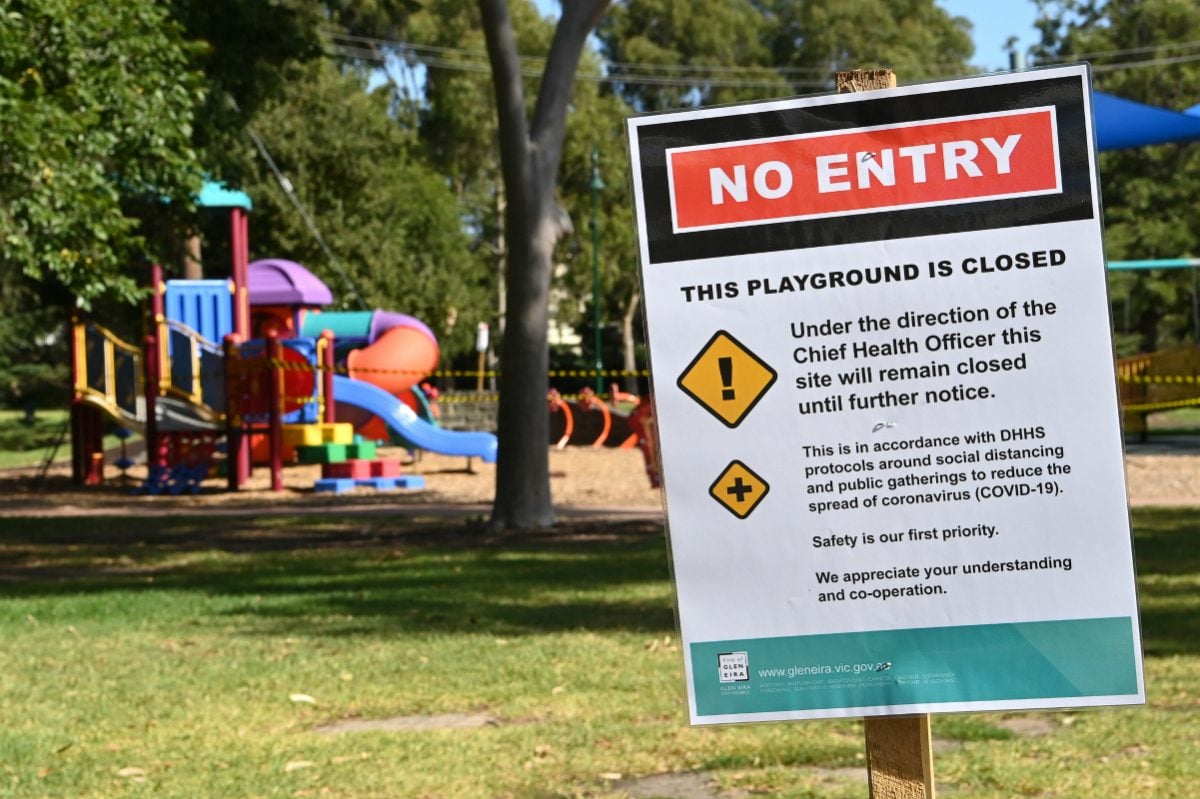
You will have heard a lot about ‘modelling’ lately. That’s what epidemiologists do to map out how a disease may spread through a population.
These models, which authorities use to plan their response to an outbreak, explore possible scenarios based on available data. They may suggest, for example, the number of infections and deaths that are likely if a particular policy or strategy is put into place.

